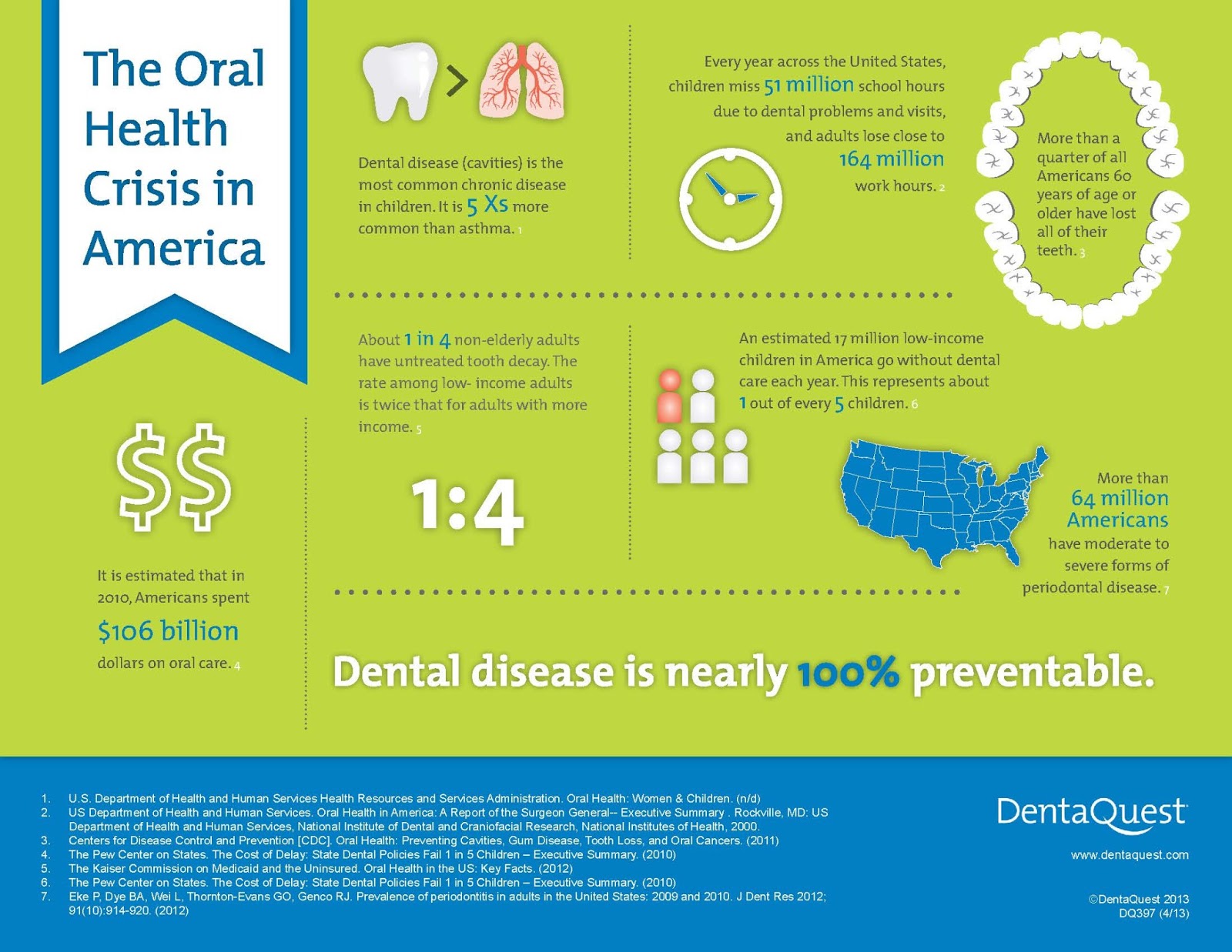Prepare Yourself For Unpredicted Oral Emergency Situations By Having The Ability To Determine The Signs And Symptoms Of Trauma And Comprehending The Ideal Time To Look For Prompt Clinical Focus
Prepare Yourself For Unpredicted Oral Emergency Situations By Having The Ability To Determine The Signs And Symptoms Of Trauma And Comprehending The Ideal Time To Look For Prompt Clinical Focus
Blog Article
Material Writer-Kang Sonne
If you really feel an unexpected shock of discomfort or notice a tooth injury, it can be upsetting. But exactly how do you identify if it's a dental emergency that needs immediate attention? Understanding the important indicators and recognizing when to look for assistance can make all the distinction in preserving your dental health. Knowing when to act quickly might mean the difference between a quick fix and more comprehensive therapy.
Common Types of Dental Injury
What're the common sorts of dental injury that you should recognize?
Crashes can happen, leading to various kinds of dental injuries. One typical sort of dental trauma is a cracked tooth. This can happen from attacking down on something tough or experiencing a strike to the face.
https://www.lohud.com/story/news/health/2019/05/14/new-york-dental-clinic-bans-opioids-cites-addiction/1189424001/ is a damaged tooth, where a part of the tooth can chip off. Furthermore, you might experience a knocked-out tooth, which can take place during sports or falls. It's vital to take care of the tooth very carefully and seek immediate dental attention.
Oral trauma can also include a tooth that has been pushed out of setting or loosened because of an injury. This type of injury requires punctual therapy to conserve the tooth.
Last but not least, soft tissue injuries in the mouth, such as cuts, can likewise take place from mishaps. Understanding about these typical kinds of dental injury can aid you act swiftly and appropriately in case of an emergency situation.
Signs of Oral Emergency Situations
Recognizing the signs of oral emergency situations is important for prompt action and appropriate therapy. If you experience severe tooth pain that's constant and pain, it might indicate an underlying concern that calls for immediate focus.
Swelling in the gum tissues, face, or jaw can likewise be a sign of an oral emergency situation, particularly if it's accompanied by pain or fever. Any kind of kind of injury to the mouth leading to a cracked, broken, or knocked-out tooth needs to be treated as an emergency situation to avoid additional damages and prospective infection.
Hemorrhaging from the mouth that doesn't quit after applying stress for a couple of minutes is one more red flag that you should look for emergency dental care. Additionally, if you notice any kind of signs of infection such as pus, a foul taste in your mouth, or a fever, it's essential to see a dental practitioner immediately.
Neglecting these indications can lead to extra major problems, so it's crucial to act promptly when faced with a possible oral emergency.
Relevance of Immediate Treatment
Trigger activity and instant treatment are important in attending to dental emergency situations to stop additional complications and ensure ideal end results for your oral health.
When faced with an oral emergency, such as a knocked-out tooth or severe toothache, looking for prompt therapy can make a considerable difference in conserving your tooth and relieving pain. Postponing treatment can bring about infection, enhanced discomfort, and also irreversible damage to your teeth and gums.
By looking for emergency dental treatment without delay, you raise the opportunities of successful treatment and restoration. Dentists have the required abilities and devices to resolve emergencies effectively, lowering the risk of long-lasting effects.
Furthermore, prompt therapy can assist manage pain and discomfort, allowing you to resume your everyday activities without interruption.
Conclusion
Finally, recognizing oral trauma and understanding when to seek first aid is important for preserving oral wellness.
By acknowledging usual kinds of oral injuries and the signs of oral emergency situations, you can guarantee timely care to prevent further damage and complications.
Remember, looking for harmony dental and facial aesthetics can save teeth, lower discomfort, and boost the possibilities of effective recuperation.
Don't be reluctant to look for help from an oral specialist if you experience any type of indications of dental trauma.
